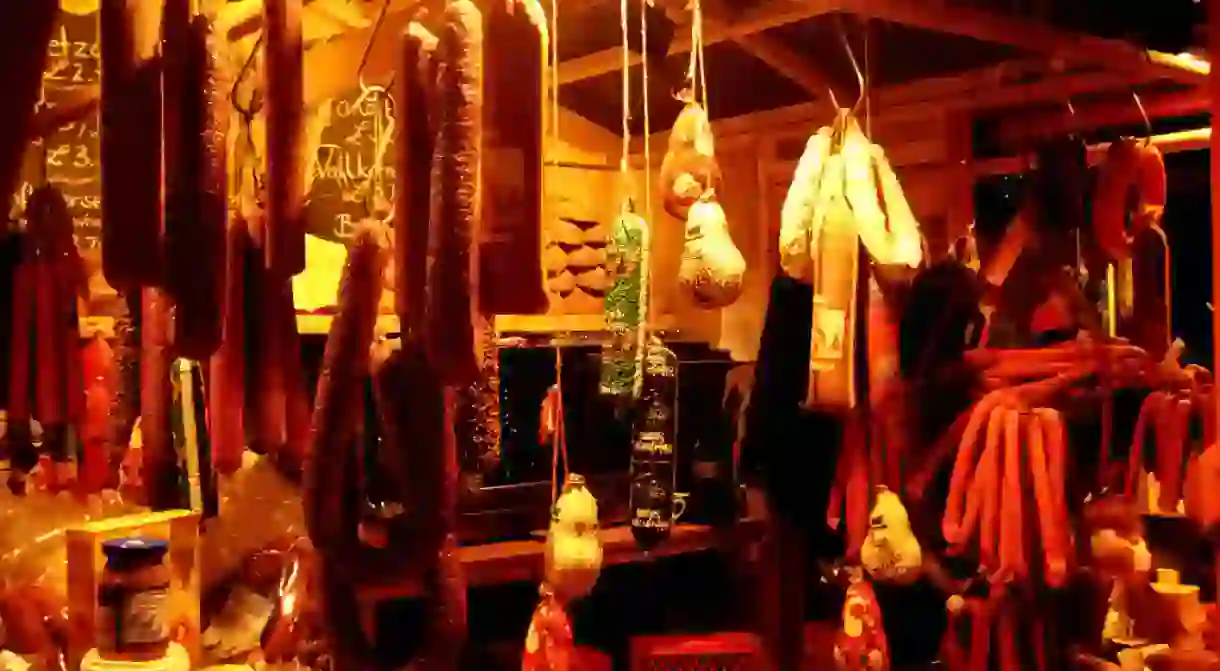These Austrian Dishes Are Commonly Mistaken as German

Although closely related in some respects, with both diets rich in meat, potatoes, and pastry, Austrian and German cuisine should not be mistaken in its identity. Germany is famed for its legendary sausages and is rightfully praised for some of its great national dishes. However, there are a few foods that unfortunately get mislabeled with the wrong nationality. Make sure you get your food facts right before you accidentally offend an Austrian.
Schnitzel
This famous breadcrumbed, battered meat dish is the national dish of Austria. Although it can be found on the menus of many restaurants in neighboring Germany, it is in fact inherently and proudly Austrian. Wiener schnitzel (Viennese schnitzel) is traditionally made using veal. The meat is pounded dutifully with a mallet before being dipped in flour, smothered in parmesan cheese, egg, parsley, nutmeg, milk and salt and pepper and then fried to crispy perfection.

Strudel
Get this confused and you may be at risk of upsetting a patriot. Apple strudel is 100% Austrian, born and bred. The oldest known recipes of this nationally adored dish are safely held at the Vienna City Library, with some recipes dating all the way back to 1696. The Viennese are not shy about their love for this layered pastry; you will find it at virtually every bakery in Austria. In typical Viennese fashion, it should be accompanied by a gasp-inducing giant dollop of cream on the side. Other varieties (also of Austrian heritage) include Topfen (cream cheese) strudel and sour cherry. You can try your hand at making one at the bakery in Schonbrunn, where expert chefs will guide you.

Gugelhupf
A kind of medley between an Italian panettone and a marble cake, this airy, yeasty dessert is actually a native of Austria; although its origin is still debated — with the French getting involved as well as the Germans. According to legend, Austrian Emperor Franz Joseph would bring the sweet treat as a gift to his mistress and it later went on to become a kind of status symbol for the upper classes in the cake world of Vienna. Many varieties of the gugelhupf exist and it is a staple in bakeries around Austria.

Käsekrainer
Created in the rural Upper Austria, the käsekrainer is an adaption of a Slovakian recipe — essentially a large smoked sausage stuffed with Emmental cheese. Widely available at most Wurstlstands throughout Vienna and Berlin, they are often on people’s must-try list when sampling Austrian and, mistakenly German, cuisine. There are a variety of ways of serving the käsekrainer — grated horseradish and mustard are popular accompaniments. The sausage can also be eaten with ketchup or sprinkled with curry powder for a spicy kick.
http://instagram.com/p/BNywBYDgIsZ/?tagged=kasekrainer













